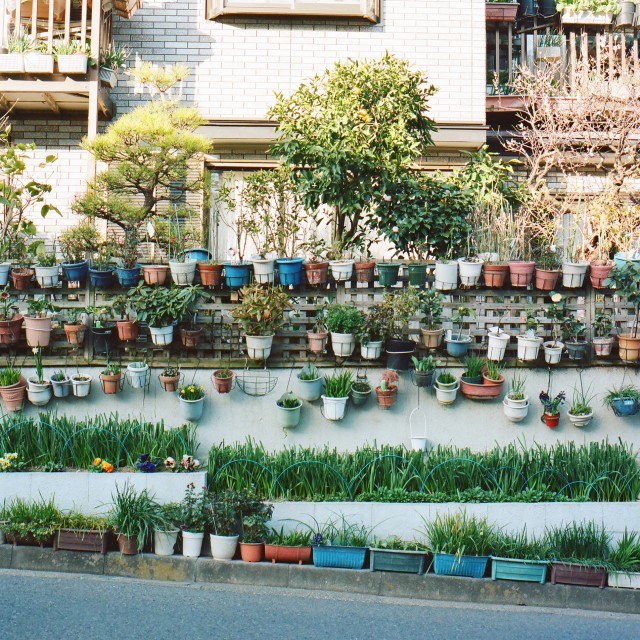Friday Connect: Urban Habitat
Urban habitat is an ongoing interest at the Mythological Quarter–from building habitat for specific creatures like bats or bees, to analyzing the cities we live in to understand the relationship the built environment has with wildlife.
We are currently on residency in Berlin, and trying to engage with habitat in this city during the short time we are here. Berlin is a city of 3.4 million humans and 20-30, 000 different species of animals. There are huge areas of green space–parks, yards, and empty lots–which foster a wealth of species diversity in this urban center. Berlin is especially a haven for wildlife, though animals in cities are not rare. There is now more wildlife diversity in rambling urban green space than in rural areas regulated by industrial agriculture.
Here are some links related to an exhibition and various organizations that relate to wildlife habitat:
The Biopolis exhibition at the Museum for Naturekunde details urban wildlife in Berlin. We will make a longer post about this exhibition on Monday.
The Bat Conservation Trust, based in the UK is a great community for learning about bats in Europe, bat habitat, and bat conservation. From their website,”Bats have mainly come out of hibernation now and are hungry and active.”
A US based organization, the National Wildlife Federation, has an ongoing project to encourage people to create ‘Certified Wildlife Habitat’ in their yards and communities. Find out more here.
Bugs need homes too. Here is a cool project on bug hotels in London.
Radio Aktiv Sonic Deep Map (2013)

SUPERKILEN – Extreme Neoliberalism Copenhagen Style

Read Brett's essay about the park.
Download our guide:

This is our guide to how-to books from the counterculture of the 60s and 70s. Click to get the download page.
Categories
- Agriculture (11)
- Animal sounds (1)
- Artist parents (19)
- Arts and culture (106)
- Bees (3)
- Book reviews (14)
- Books (18)
- Critical essays (5)
- Daily Photo (5)
- Design (36)
- Dirt (11)
- Environmental activism (43)
- Exhibitions (24)
- Farms (11)
- Forest (7)
- Friday connect (15)
- Growing (42)
- Habitat (38)
- Homesteading (16)
- Interviews (15)
- Kitchen (14)
- Living structure (9)
- MISC (15)
- Mythological (2)
- Neighborhood (83)
- Ocean News (1)
- Our Art Work (21)
- Personal – Design/Art (3)
- Play (2)
- Playground (4)
- Projects (21)
- Public space (53)
- Resilience (13)
- Sea Side (2)
- Sojabønner (2)
- Tofu (8)
- Vermont correspondence (7)
- Water (3)
- Wednesday picture (31)
- Workshop (1)
Video interview:

Watch our interview of SeedBroadcast, a mobile project that is part seed library and part seed-saving-story-collecting machine-recording the stories of seed saving, farming, and food sovereignty work being done around the US.

Download a poster Bonnie made about biodiversity in a vacant lot in the Amager borough of Copenhagen, in collaboration with biologist, Inger Kærgaard, ornithologist, Jørn Lennart Larsen and botanist, Camilla Sønderberg Brok: A BRIEF TAXONOMY OF A LOT

We made and installed a network of bat houses in Urbana, Illinois, to support the local and regional bat population, but also to begin a conversation about re-making the built environment.
READ MORE
BOOK REVIEW:

We write often about artists and art groups that work with putting ‘culture’ back in agriculture. Here is a new favorite: myvillages, a group of three women based in Germany, the Netherlands, and the UK. Read more...

Post Revolutionary Exercises
We really admire the dedicated hard work of Kultivator who seeks to fuse agriculture and art in their work. Click this sentence to get a PDF of their poster collection called "Post Revolutionary Exercises."

Cultural Practices Within And Across
This amazing book networks urban and rural resilience and sustainability projects around the world. Deeply inspiring projects in Romania, Paris, San Francisco, and elsewhere.
• Read our review of the book.
• Buy the book.
• Download the book.








